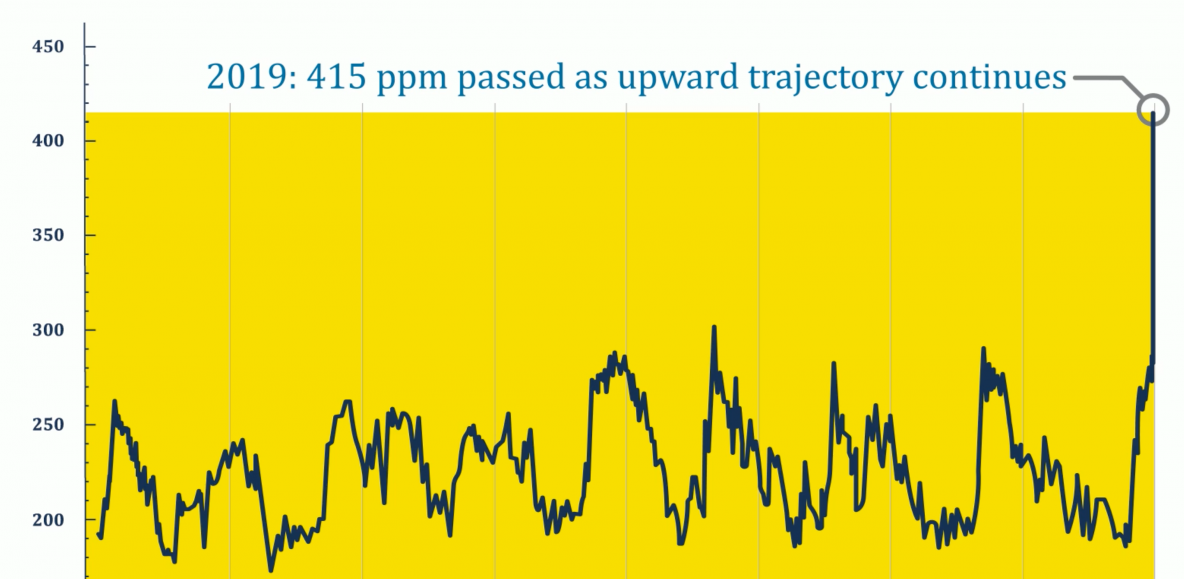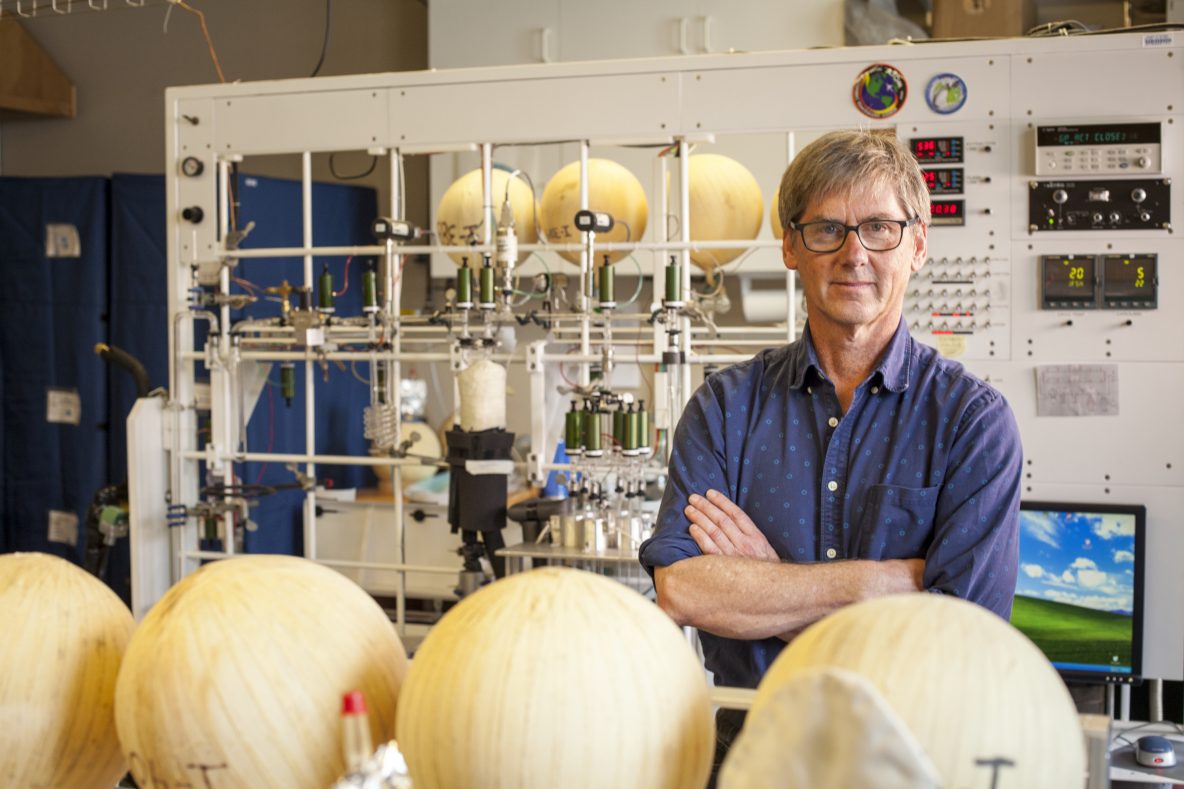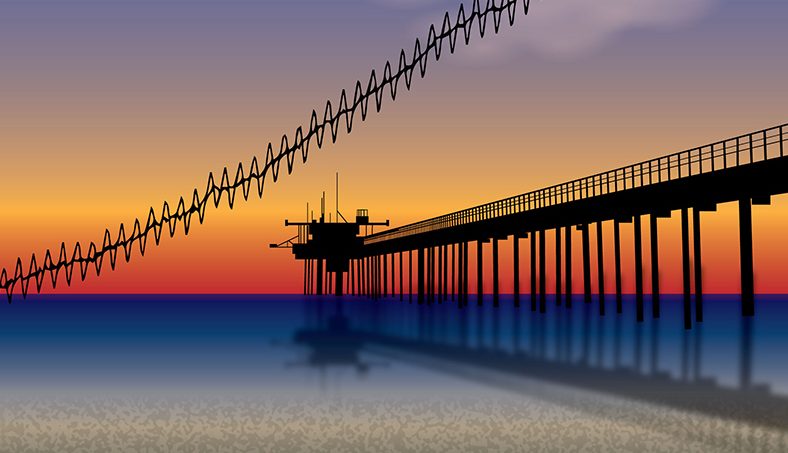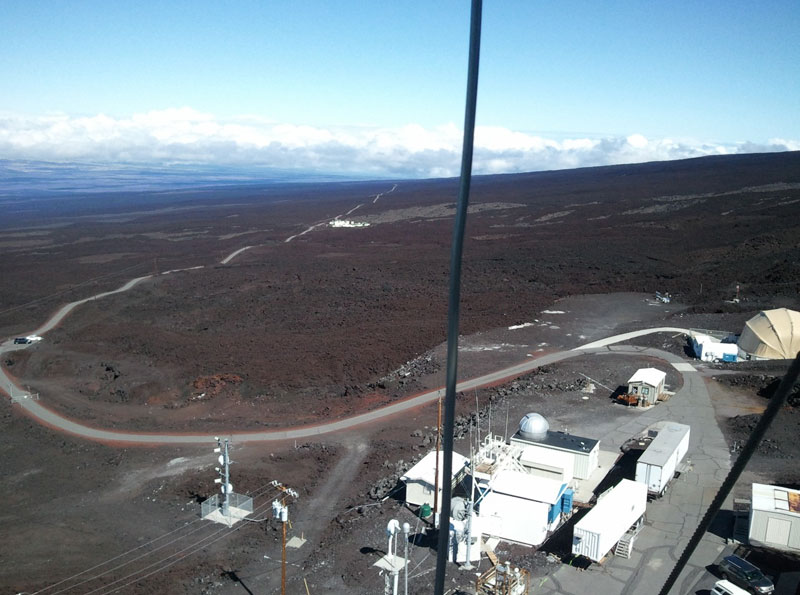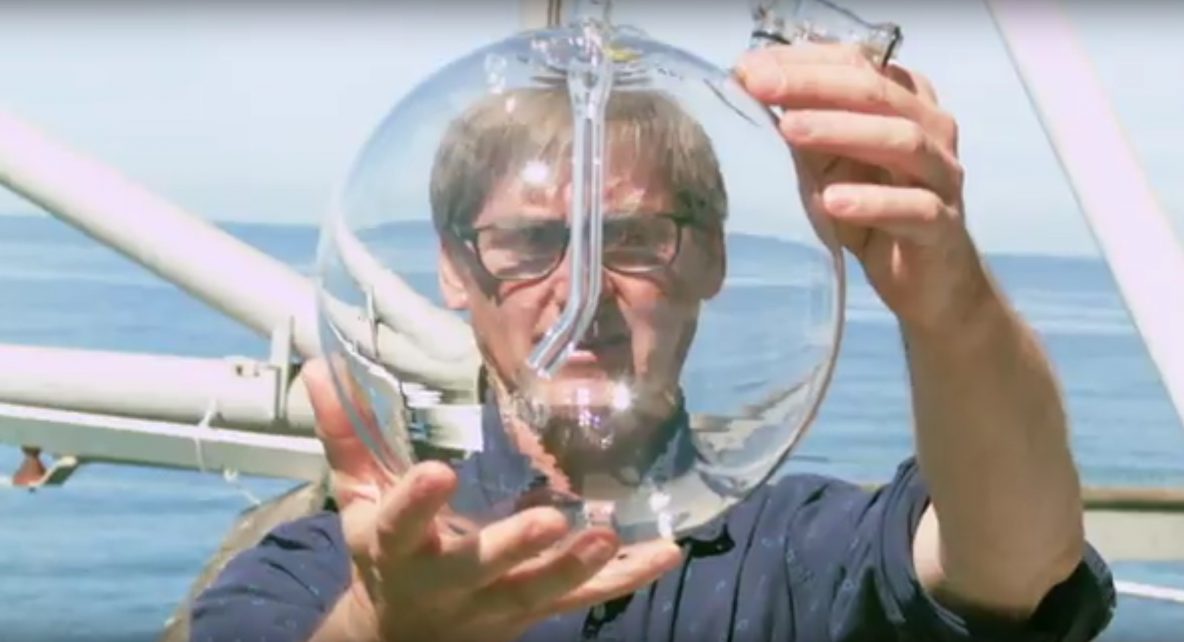The COVID-19 pandemic caused carbon dioxide (CO2) emissions from fossil fuels to drop in 2020 by seven percent compared to 2019. This decrease in emissions slowed the increase in atmospheric CO2 compared to what would have occurred without the pandemic. It was too small and too brief, however, to stand out strongly in individual CO2 records, such as the Keeling … Read More
Statement from Scripps Oceanography, UK Met Office on Record High CO2 Buildup
Researchers Richard Betts from the UK Met Office Hadley Centre and Ralph Keeling of Scripps Institution of Oceanography, UC San Diego issued the following statement today regarding new record levels of CO2 in the atmosphere in the context of the Covid-19 pandemic. The full text of the statement with graphics is available with graphics through this link and is included … Read More
Notice on revised CO2 scale
As of February 21, 2021, the CO2 data from the Scripps CO2 program are reported on a revised CO2 scale, which has the effect of lowering the recent Mauna Loa record by ∼0.08 ppm compared to the previous scale.
What does it take for the coronavirus (or other major economic events) to affect global carbon dioxide readings?
A downturn in global fossil fuel use has been prompted by curtailments of travel and social gatherings in response to the spread of the coronavirus. Could this downturn be reflected in atmospheric carbon dioxide readings that comprise the record known as the Keeling Curve, which is managed by scientists at Scripps Institution of Oceanography at UC San Diego? Scripps Oceanography … Read More
Animation of Keeling Curve History Updated to Include 2019 Milestone
We’ve updated the animation of the Keeling Curve to include recent measurements and the surpassing of a new milestone: Global carbon dioxide levels in the global atmosphere as measured at the Mauna Loa Observatory in Hawaii surpassed 415 parts per million of carbon dioxide in May. Higher resolution versions are available through scrippsnews@ucsd.edu.
Carbon Dioxide Levels Hit Record Peak in May
Monthly average surpassed 414 parts per million at Mauna Loa Observatory
Is the Current Rise in CO2 Definitely Caused by Human Activities?
A correspondent recently asked Keeling Curve researchers to settle a family disagreement about the cause of rising CO2 levels in the atmosphere and whether the current trend is natural or human-caused. Scripps geochemist Ralph Keeling provided the following answer:
Another Climate Milestone Falls at Mauna Loa Observatory
Peak carbon dioxide levels surpass 411 parts per million for May
Carbon Dioxide in the Atmosphere Hits Record High Monthly Average
April monthly average exceeds 410 parts per million for the first time in recorded history
Video: How Scientists Measure Carbon Dioxide
In honor of the 60th anniversary of the Keeling Curve, Ralph Keeling of the Scripps CO2 Program shows how scientists make carbon dioxide measurements and gives a guided tour of the original instruments his father, Charles David Keeling, developed to start the famous record known as the Keeling Curve. In 2018, carbon dioxide levels are expected to exceed 410 parts … Read More

